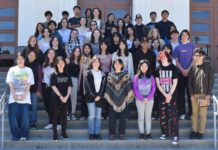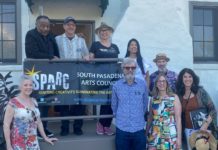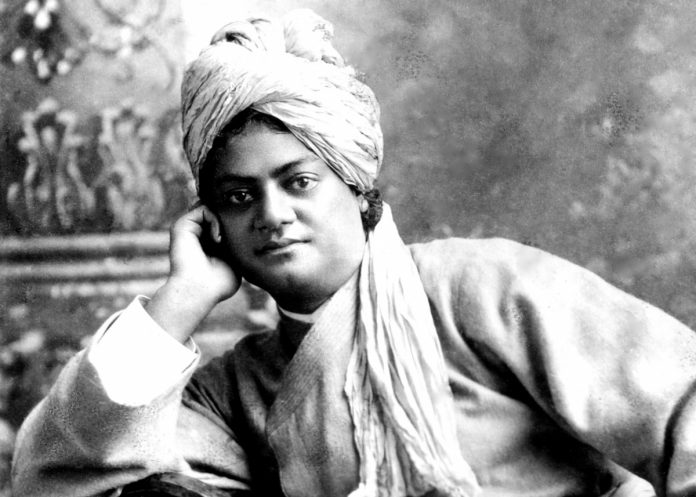
Swami Vivekananda was a well-known spiritual leader in India during the late 1800s and early 1900s. He traveled to America in 1900, staying at a residence in South Pasadena for six weeks.
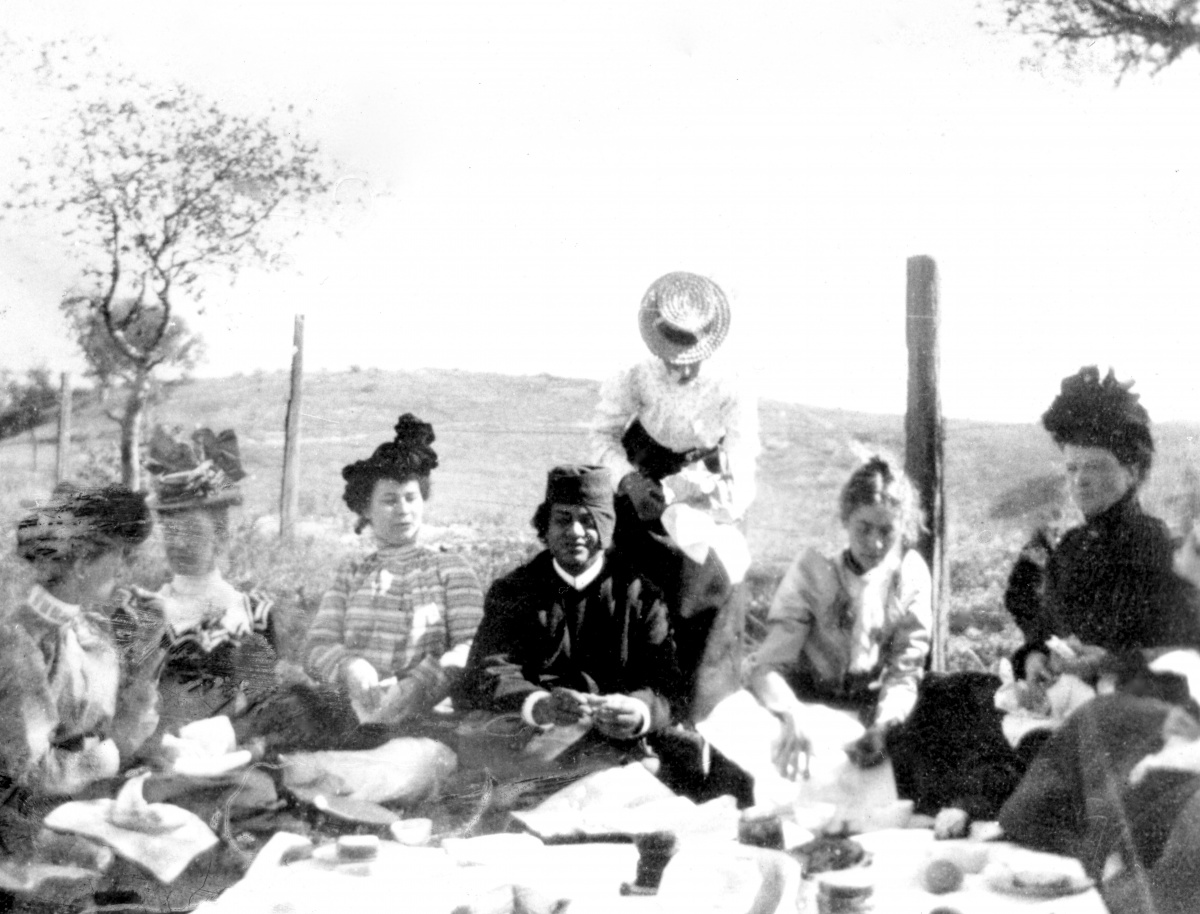
The Vedanta Society of Southern California acquired the house at 309 Monterey Road in 1955 and dedicated it as a shrine in 1985. Today, the bedroom where Swami Vivekananda slept is a sanctuary for meditation. The Vivekananda House was declared a Cultural Heritage Landmark (#29) by the City of South Pasadena.
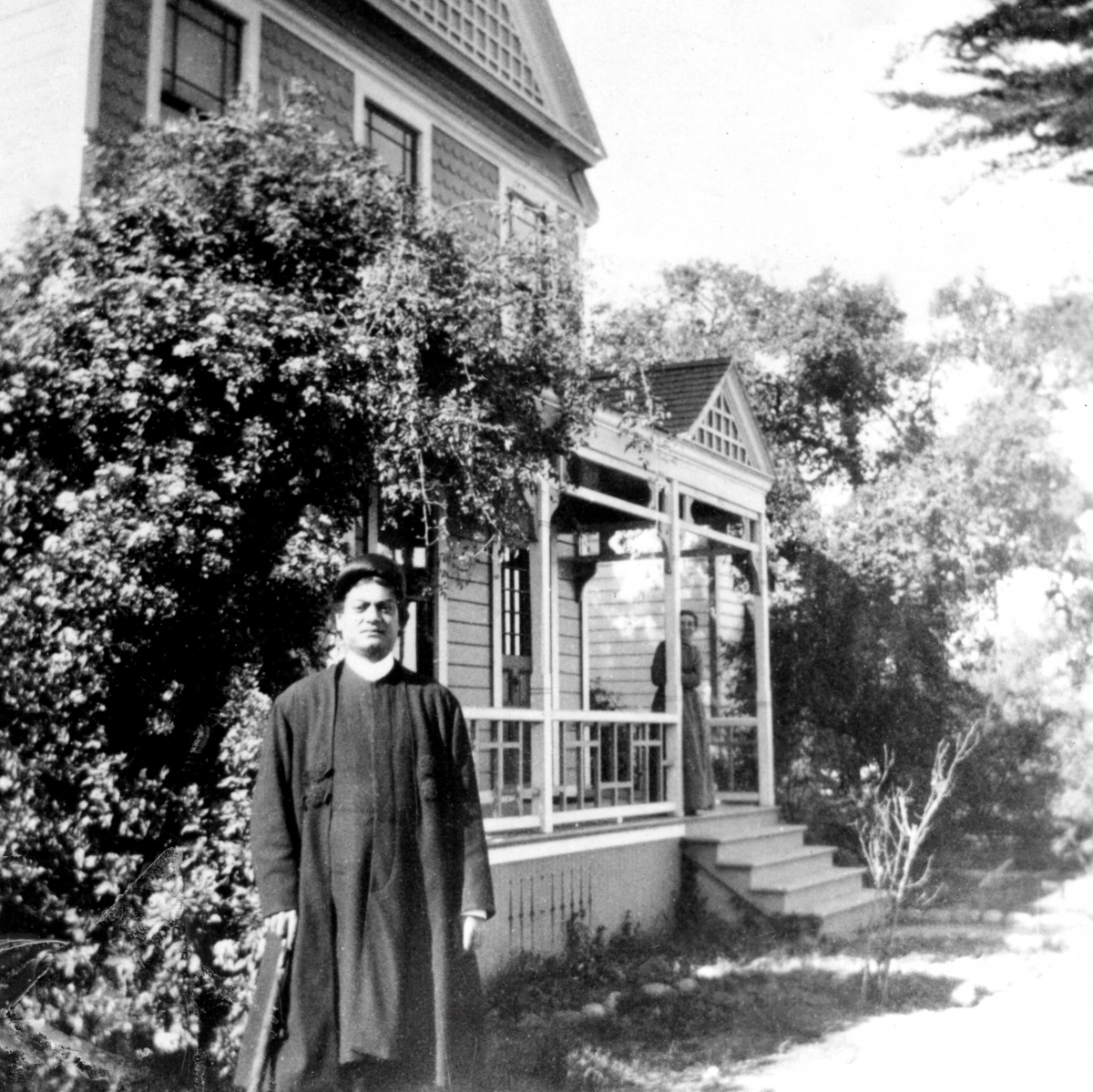
In 1893, Swami Vivekananda made an immediate impression on the American public when he represented Hinduism at the Parliament of Religions in Chicago at the World’s Columbian Exposition. According to Vivekananda, “Religion is not in books, nor in theories, nor in dogmas, nor in talking, not even in reasoning. It is being and becoming.”

THROWBACK THURSDAY IS WRITTEN AND PRODUCED BY RICK THOMAS




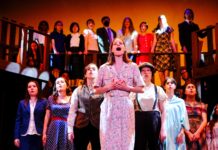

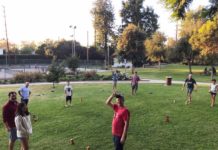
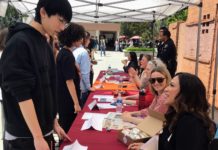







.png)






